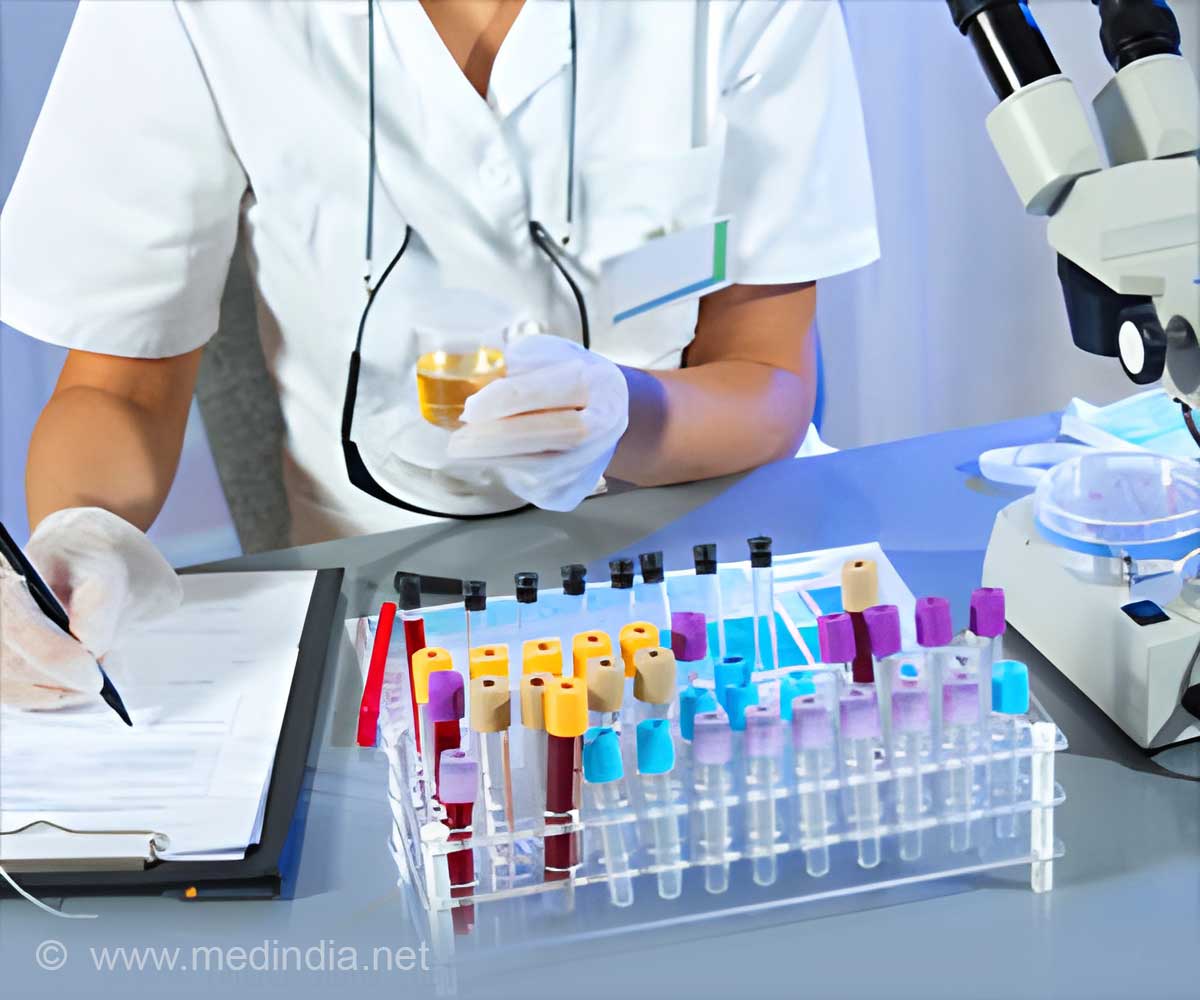CryoSCAPE freezes time for blood samples, ensuring accurate results and broader healthcare access.

- Instantly preserves blood samples with a freeze-and-lock method
- Expands healthcare access to underserved areas
- Enhances precision in diagnostics and clinical trials
Blood is more than just a red liquid that runs through each vein, artery and capillary in the human body. Scientists and physicians employ this type of blood test to determine the nature of illnesses, to monitor signs of an individual’s state of health, or to discover how our organs work. Organ biopsies are invasive, time consuming, and may be painful, but drawing a tube of blood is simple and almost painless (1✔ ✔Trusted Source
CryoSCAPE: Allen Institute scientists develop ‘suspended animation’ technique for blood draws that will aid research for underserved populations
).
However, there’s a catch: blood begins to coagulate as soon as the specimen is withdrawn from the patient’s body. Depending on the timeframe of a sample, how it was stored and processed, within six to eight hours it can undergo such a metamorphous molecular composition that any such tests or experiments could give wrong or rather misleading results. This “race against time has posed a wipe barrier to researchers — until now.
Advertisement
Why Time Matters in Blood Research
When blood samples are treated soon after it is collected, then the outcome is accurate. But this will not always happen. Given the logistical difficulties associated with the transport of samples in fragile states and rural outpatient clinics, small clinics, or underresourced hospitals, the samples must often travel to high-tech laboratories that are many hours or days away. The delay affects the collected sample resultantly making it difficult to conduct sophisticated tests that depend on the exact status of blood cell and molecules.
Advertisement
CryoSCAPE : Breakthrough in Blood Research
CryoSCAPE is a novel method that has been pioneered by scholars of the Allen Institute for Immunology. One might better describe it as a “stopwatch” for blood samples. This revolutionary approach involves a special formulation of chemical composition to help in preserving the blood sample in its natural form right from the time of sample collection. The blood is then frozen in order to preserve the molecular structure of the blood and to ensure that none of it degrades.
Why Preserving Blood is a Big Dealdraw
1.Preserving Precision
CryoSCAPE is especially helpful when using single-cell methodologies in which investigators study separate cells. For instance, single-cell RNA sequencing which is a method to identify the genes that are switched on in a cell requires blood samples in perfect condition. If not preserved, the RNA in the blood disintegrates within a few hours of draw making the results inconclusive.
2.Bringing Science to Everyone
Research indicates that most advanced research occurs in large laboratories located around the major cities, effectively excluding many societies. This method could help alter that through collection in place venues such as neighborhood clinics, mobile health units, or even research pop-ups. This accessibility might make the latest medical research available to the isolated and rather underserved demographics thus opening the door towards more effective healthcare research inclusion.
3.Simplifying Clinical Trials
Sponsors involved in clinical trials of new drugs are sometimes likely to experience unique hurdles in transferring blood samples to a central laboratory. This novel method reduces this bottleneck, because samples can now be stabilized immediately in the field at the time of sampling.
Here’s How it Works:
Step 1: The CryoSCAPE solution is used where ever blood is taken and once the blood has been drawn it is mixed with the solution.
Step 2: The sample is then frozen, which means that no alteration can be made to the cells or molecules in which they have an interest.
Step 3: A sample can be later analyzed by the researchers or labs, as if it were taken just a while ago.
Advertisement
A Step Towards Inclusive Healthcare
Technologies like these might help researchers gain fresh insights into diverse populations through the collection and preservation of blood samples in under-equipped regions. Broadly, medical research has long been centered on urban environments and affluent populations, leaving gaps in our understanding of how diseases affect different groups. Innovations could help bridge this gap.
Why It Matters to You: The Future of Blood Research
Blood preserving techniques and this accessibility could radically alter current immunology research, streamline and speed up clinical trials, and thus potentially enhance the general overall health of the population.
So, even if you don’t work as a researcher or healthcare worker, technologies like these can help you one day. These four topics facilitate the faster development of drugs, the higher accuracy of diagnosing diseases, and the improvement of the quality of life of underserved populations.
We will also come to know that this little invention – the small tube that arrested time for blood samples and opened up the future to a new breakthrough medication or diagnostic tool.
Reference:
- CryoSCAPE: Allen Institute scientists develop ‘suspended animation’ technique for blood draws that will aid research for underserved populations – (https://alleninstitute.org/news/cryoscape-allen-institute-scientists-develop-suspended-animation-technique-for-blood-draws-that-will-aid-research-for-underserved-populations/)
Source-Medindia



